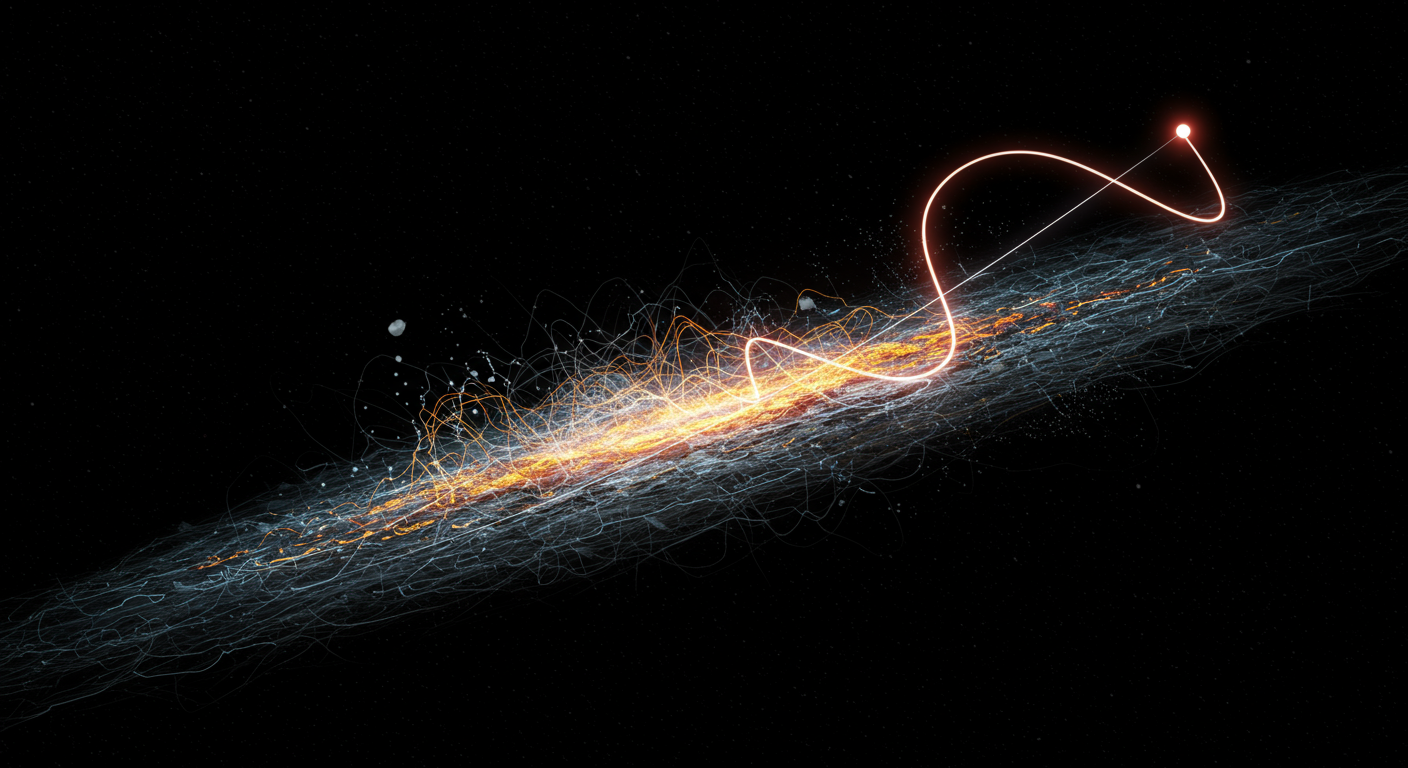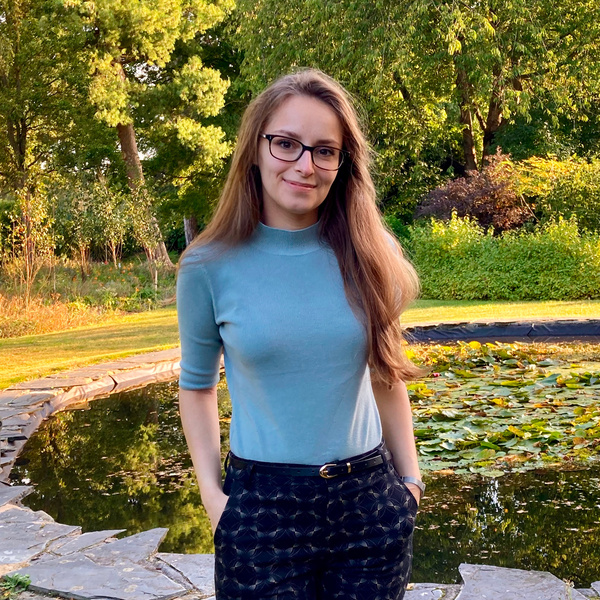Simple and statistically sound recommendations for analysing physical theories

In the ever-expanding landscape of modern physics, where theories in cosmology and particle physics are often described by a large number of parameters, robust statistical analysis is more critical than ever. The paper “Simple and statistically sound recommendations for analysing physical theories” offers a vital guide for researchers navigating these complex, high-dimensional spaces. This comprehensive work, a collaborative effort led by Shehu S. AbdusSalam and involving numerous experts including our own Will Handley and former group member Fruzsina Agocs, directly addresses common statistical pitfalls and provides clear, actionable recommendations.
The Problem with Combining Results
A widespread practice in phenomenology is to assess a model’s validity by checking if its predictions fall within the accepted confidence regions of multiple experiments. This is often done by simply overlaying or intersecting the 95% confidence limit contours from different results. While seemingly intuitive, the paper demonstrates this method is statistically flawed.
- Under-coverage: When you intersect multiple 95% confidence regions, the resulting region has a much lower-than-nominal coverage. A point has multiple chances to be excluded, so the probability of wrongly rejecting a true model increases dramatically with the number of experiments combined. For example, intersecting five independent 95% confidence intervals results in a true confidence level of only about 77% ($0.95^5$), not 95%. This can lead to the premature and incorrect exclusion of viable theories, a point also discussed in detail by Junk & Lyons (2009.06864).
- The Recommendation: Instead of intersecting limits, the correct approach is to combine the likelihood functions from each independent experiment into a single, joint likelihood. This composite likelihood should then be used to derive a single, statistically sound confidence or credible region for the model’s parameters.
Escaping the Curse of Dimensionality
Another common but inefficient approach is to explore a model’s parameter space using grid scans or uniform random sampling. While easy to implement, these methods become computationally intractable in the high-dimensional spaces typical of modern theories.
- The Curse of Dimensionality: The number of points needed to adequately sample a parameter space grows exponentially with the number of dimensions. A random scan is exponentially inefficient at finding small regions of high likelihood, as illustrated in the paper with the challenging Rosenbrock function.
- The Recommendation: The paper strongly advises using more sophisticated, adaptive sampling algorithms that intelligently explore the parameter space by focusing on regions of high likelihood. Excellent choices for Bayesian inference include Markov Chain Monte Carlo (MCMC) and nested sampling, a powerful technique for both parameter estimation and model comparison (10.1214/06-BA127). For frequentist likelihood maximization and exploration, methods like differential evolution or simulated annealing are far more efficient.
On Testing and Comparing Models
The ultimate goal of many analyses is to test a model’s overall viability. The paper cautions that this is a subtle and challenging task, and that simplistic approaches can be misleading. Simply failing to find a “good” point with a random scan is not sufficient grounds for exclusion.
- Frequentist Subtleties: When calculating a p-value, one must account for the “look-elsewhere effect”—the fact that a search has been conducted over a range of parameters. Furthermore, the p-value is often misinterpreted; it is not the probability that the hypothesis is true or false (10.1007/s10654-016-0149-3).
- Bayesian Subtleties: In Bayesian model comparison, the choice of parameter priors is crucial and can strongly influence the resulting Bayes factor, especially in high-dimensional models. Careful consideration and sensitivity testing are essential.
- The Recommendation: Refrain from making strong claims about a theory’s overall validity unless a proper, statistically defensible model test has been performed. This requires careful attention to the nuances of either the frequentist or Bayesian framework.
In summary, this work provides an essential toolkit for physicists. By constructing composite likelihoods, using efficient sampling algorithms, and approaching model testing with statistical rigor, we can ensure our conclusions are robust and our scientific progress is built on a sound foundation.


Content generated by gemini-2.5-pro using this prompt.
Image generated by imagen-3.0-generate-002 using this prompt.